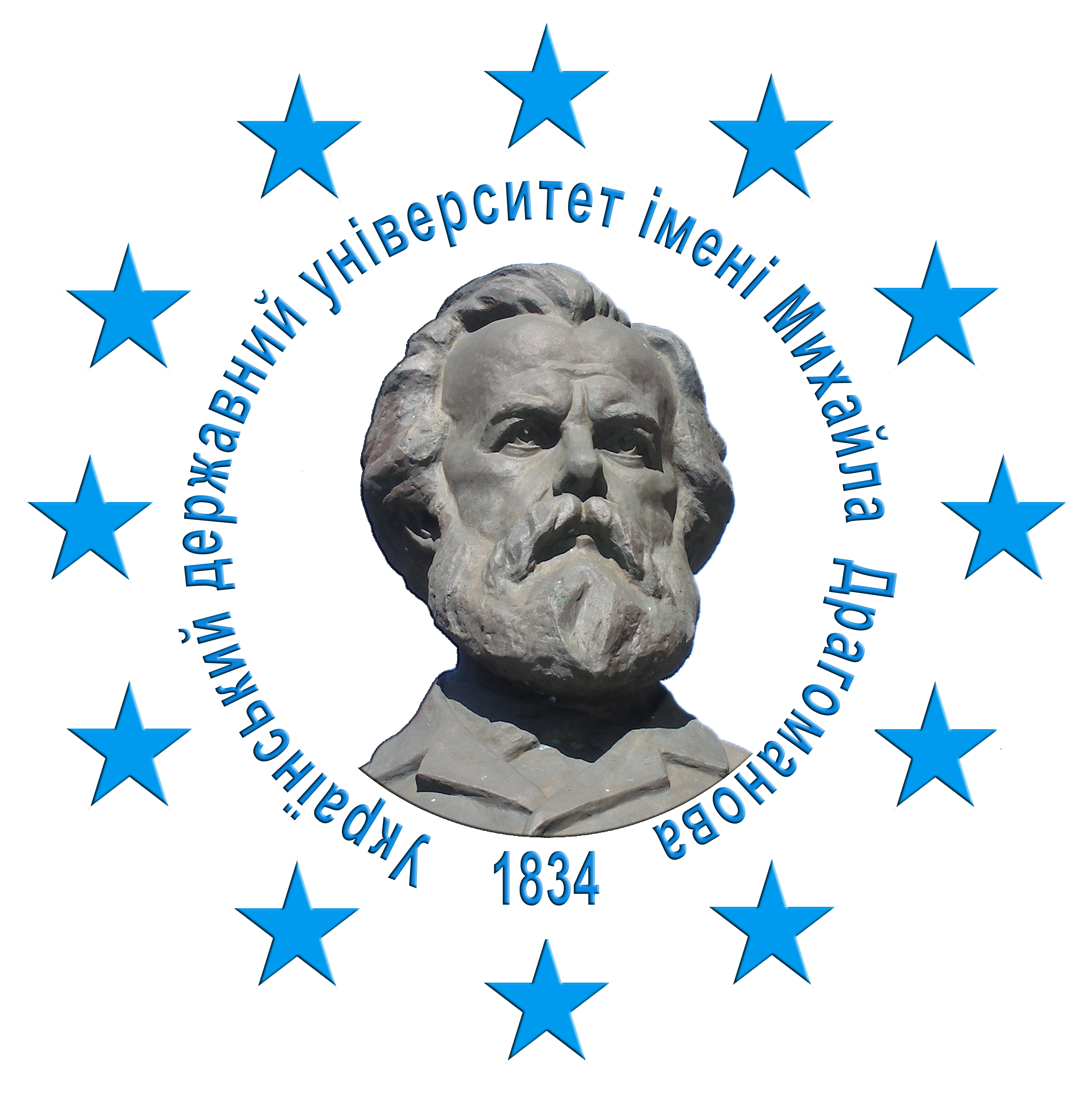THE ESSENCE OF THE FUSION OF CULTURES: REINTERPRETING ANCIENT EGYPTIAN SYNCRETISM IN THE PICTORIAL CANON
DOI:
https://doi.org/10.31392/cult.alm.2024.1.51Keywords:
artistic canon, pictorial tradition, iconography, culture, culturology, art, imagery, transformation, style, symbol, syncretismAbstract
This study evaluates the degree of adequacy of modern substantive and conceptual approaches in understanding the stylistic transformation of the visual art canon on the example of the phenomenon of stylistic syncretism of Ancient Egypt of late antiquity under the influence of the Greco-Roman artistic and philosophical paradigm. The role and meaning of this process are clarified and supplemented, the semantic and symbolic load of this cultural phenomenon is adjusted. The purpose of the article is to rethink the essence of the transformation of the pictorial artistic canon of Greco-Roman Egypt at the junction of stylistic eras, as well as a significant adjustment, clarification, addition and expansion of some cultural aspects of this phenomenon. In view of the achieved research results, to propose an alternative approach regarding the significance of the role of artistic and sacred factors in this complex intercultural process. The research methodology involves the use of general scientific, combined and special methods, among which the following have gained significant importance: the method of analysis and synthesis, to distinguish the essence and role of stylistic transformation; a historical-comparative method for identifying stylistic differences; the method of cultural deductive abstraction and modeling to determine the criteria of syncretic affiliation; the method of canonical grouping to establish transformational consequences in a sacred pictorial context; stylistic correlation method in the field of art for the unification of the artistic product; and the inductive-logical method. The scientific novelty consists in the reassessment of the role and significance of the transformational stylistic processes of art, the substantiation of alternative approaches to various aspects of this phenomenon, which involve a greater degree of objectivity and adequacy, the introduction of refined and expanded concepts for the unification of culturological categories in the pictorial canon and abstract sacred traditions. The conclusions suggest the definition of the transformation of the artistic pictorial canon in the conditions of changing stylistic eras as a continuous process of artistic adaptation, replacement, aesthetic improvement of certain leading symbolic and semantic elements of the storyline enriched with sacred content. As part of this syncretic fusion of style, a peculiar artistic product of pictorial transformation is formed. Five criteria are proposed. At the general level: compositional integrity, artistic unity, and the involvement of the canonical context in all elements of style. At the elementary level: striving for the principles of harmony and the degree of uniformity. The general meaning, essence and role of the transformation of the visual art canon of Greco-Roman Egypt at the junction of stylistic epochs are decisive in the study of similar artistic processes of the modern stage of the cultural history of mankind.
References
Культурологія (2013): енциклопедичний словник. / М. Альчук, Ф. Бацевич, І. Бойко; за ред. д-ра філос. нyаук, проф. В. Мельника. Львів : ЛНУ імені Івана Франка. 508 с.
Лєпахін, В. (2001). Ікона та іконічність. Монастир Монахів Студійського Уставу. Львів : Свічадо. 288 с.
Павлюк, С. (2020). Енциклопедичний словник понять і термінів з етнології. Львів : Інститут народознавства НАНУ. 448 с.
Словник античної міфології. (1989). Уклад. І. Козовик, О. Пономарів. Київ : Наукова думка. 240 с.
Словник-довідник з культурології (2007). Уклад. Р. Шестопад. Вінниця : ПП «Нова книга». 184 с.
Степовик, Д. (2003). Іконологія й іконографія. Івано-Франківськ : Нова зоря. 309 с.
Elsner, J. (2006). Classicism in Roman Art. Classical Pasts: The Classical Traditions of Greece and Rome. Еd. J. Porter, Princeton University Press. Рр. 270–297.
Kozloff, A. (1996). Is There an Alexandrian Style – What Is Egyptian about It? In Alexandria and Alexandrianism. Pр. 247–262.
Lieven, A. (2016). Translating Gods, Interpreting Gods: On the Mechanisms behind the Interpretatio Graeca of Egyptian Gods. In Rutherford. Pр. 61–82.
Orlin, E. (2008). Octavian and Egyptian Cults: Redrawing the Boundaries of Romanness. Baltimore : Project Muse. AJP 129. № 2. Pр. 231–253.
Parlasca, K. (1980). Repertorio d’arte dellʼEgitto greco-romano. Pittura. Ritratti di mummie. Roma : L’Erma di Bretschneider. Serie B, Vol. 3. 92 p.
Riggs, C. (2003). The burial of Ta-sheret-hor-udja: A shroud and its Demotic inscriptions in the Museum of Fine Arts, Boston (MFA 54.993). Journal of the American Research Centre in Egypt 40. Pр. 69–87. URL: https://archiv.ub.uniheidelberg.de/propylaeumdok/2054/1/Riggs_Stadler_A_roman_shroud_2003.pdf
Spier, J., Potts, T., Cole, S. (Eds). (2018). Beyond the Nile. Egypt and the Classical World. Los Angeles : Getty Museums. 360 p.








